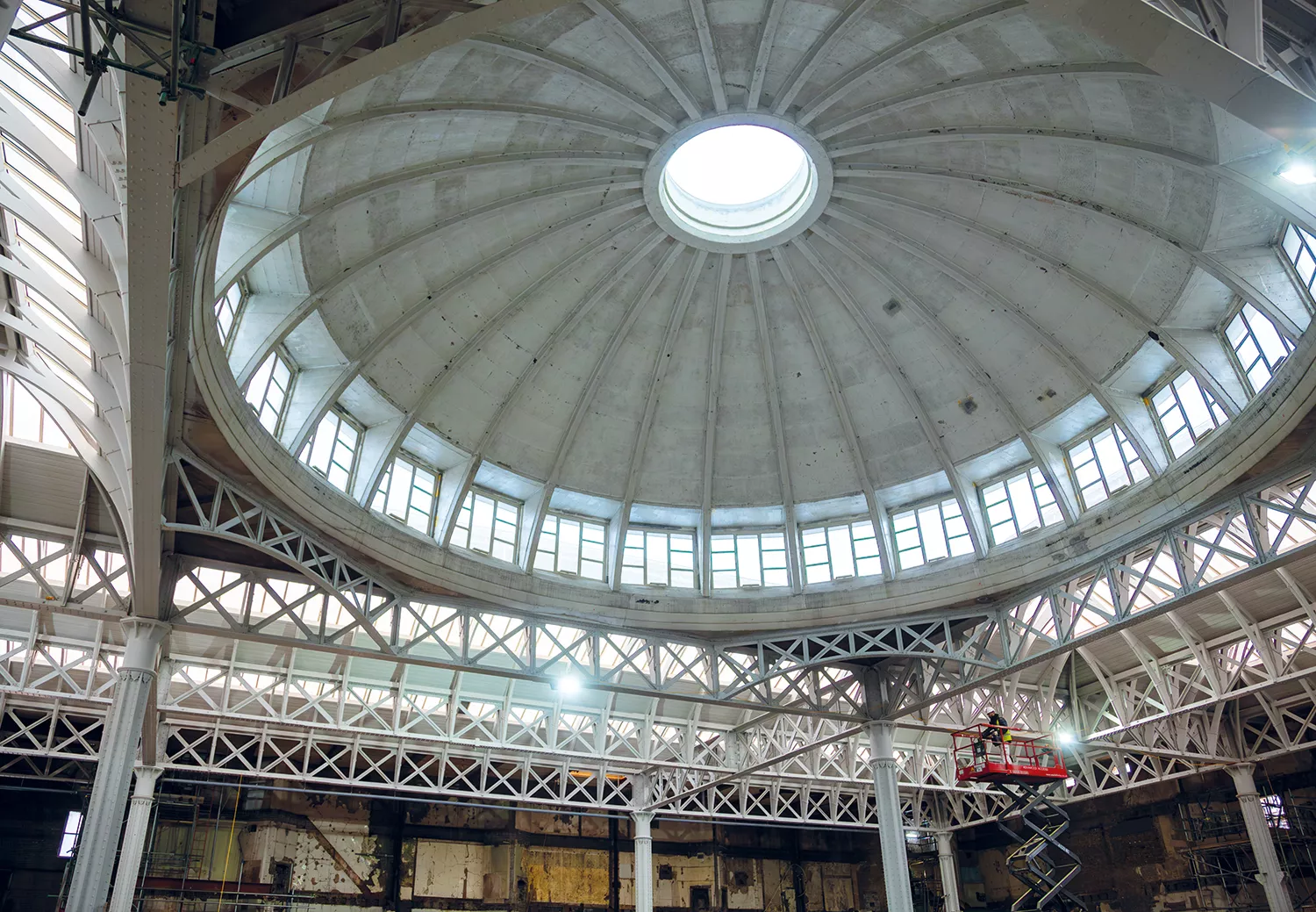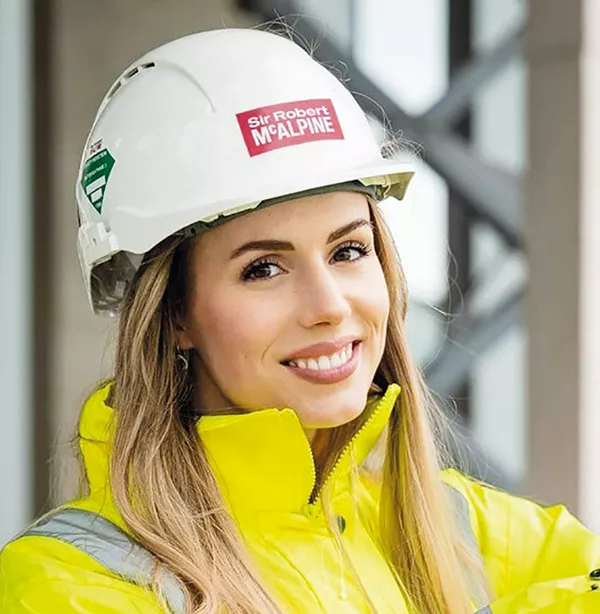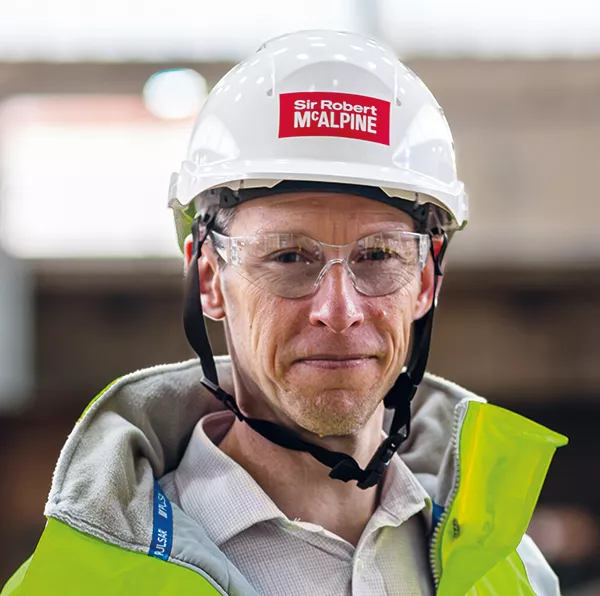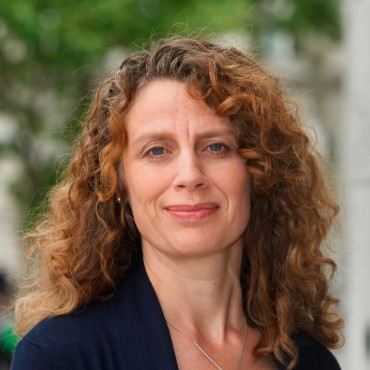
Can a heritage building be smart too? That’s the plan for the new Museum of London in London’s historic Smithfield market, opening in 2026 under the name of London Museum.
The Museum of London has ambitious goals for its new facility, London Museum, at Smithfield market near Farringdon, home to the city’s meat markets over several centuries. It wants it to be the world’s smartest museum.
“It’s about building a new museum which is ready for the future, with the least environmental impact possible,” explains the museum’s technical lead, Steve Watson.
The smart building will collect data of every kind for AI algorithms to analyse, spotting glitches or faults or suggesting new ways to run systems more efficiently. “It provides the best chance for us to model, manage and control the environment, while emitting the least carbon possible,” says Watson. “I don’t think we can do that without building a smart building.”
Watson sees a time when individuals will be totting up their carbon footprints and planning trips accordingly. “Visitors will be making choices about what they do based on their carbon impact.”
London Musuem
Value: £437m (London Museum project total)
Construction manager: Sir Robert McAlpine
Architects: Stanton Williams Associates, Asif Khan and Julian Harrap Architects
Structural engineer: AKT II
Building services: Arup
Cost management: Gardiner & Theobald
In practice, that means that all the operating systems, building services and technology will be heavily integrated, says Watson. “Typically, software systems that run our buildings are in silos. While that’s good for construction, when a building goes into operation, that’s a major problem.”
Overseeing that integration is Sir Robert McAlpine, appointed under a construction management contract to oversee the works from June 2023. “When we were choosing a construction manager, McAlpine had smart building experience and understood what our aspirations were. That gave us the best-possible chance of developing an integrated building,” says Watson.
Smart puzzle
The big puzzle for this project is not just how to accommodate the building services and systems among the existing, often irregular, fabric of the building. It is how to transfer the data relating to those elements into asset management software that will optimise the running of the museum.
Arup created the Museum of London’s smart building specification, including names for every single item of equipment, cabling and kit, based on the BDNS (Building Device Naming Standards) from the Open Data Institute.
“A key element is that we specify the asset naming conventions and that there is strict governance so that people stick to those conventions. This should happen as early as possible, preferably [RIBA] Stage 2,” says Watson.

“We are pushing the boundaries with respect to smart buildings, workflow and data creation processes that are not yet industry standard.”
These requirements were part of the tenders that McAlpine put out to the market. For the most part, its regular supply chain is up to speed with digital tools and protocols, says Irina Gales, McAlpine’s senior digital construction manager. However, the smart building approach here is pioneering.
“We are pushing the boundaries with respect to smart buildings, workflow and data creation processes that are not yet industry standard,” says Gales. “We have established our own way of working, drawing on experience from our supply chain members and from the client.”
Smart museum approach
Watson is piloting his smart museum approach at the Museum of London’s other branch in Docklands. There, he is using the same master systems integrator as at Smithfield, One Sightsolutions, which he describes as “a kind of digital clerk of works who makes sure people are producing the right data with the right structures”.
“Once the data is in order, you send it to a smart building platform,” he says. “We are using onPoint from a company called Buildings IOT.”
During the construction phase, the usual host of software packages are being deployed: Revit, Tekla, Inventor, HiCAD, AutoCAD 3D, SteelWorks, BIMcollab, Power BI, iConstruct, Dalux, Trimble Connect, Autodesk ReCap, Navisworks, Synchro, Solibri, Revizto, Autodesk Construction Cloud, Field View, Viewpoint and Edocuments.

“A lot of what we’re doing is bespoke and that’s where modelling and digital tools help.”
New technology
Both Hill and Gales single out Dalux as a newer tool that is working well. “It offers a platform that is simple to use,” says Hill. “Where you federate the model so frequently, you might go into document management and look at a drawing which may not be up to date. With Dalux, you know that the information is common across everything.”
When introducing a new piece of software, Gales sits down with each person on the team to train them in a way that works for them. Next up is Buildots, which will help ensure all the services are in the right place.
“A lot of what we’re doing is bespoke and that’s where modelling and digital tools help,” says Hill. “Buildots will tell us when things are in and out of position. The tolerances are quite tight. That will help us because of the complexity of the building shape and the congestion of services within some spaces like the basement plant room and corridors.”
Don’t miss out on BIM and digital construction news: sign up to receive the BIMplus newsletter.














